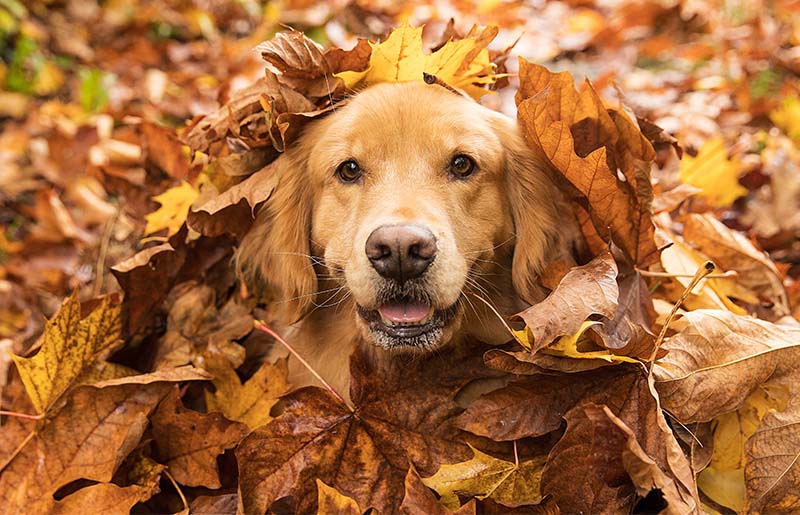
Wait! Don't Throw Away Those Fallen Leaves!
By Chris Taylor, Associate Fort Bend County Master Gardener
We sometimes think of the fallen leaves in our yards this time of year as a nuisance – or worse. People rake up and throw away fallen leaves for trash pickup without realizing that they are rich in nutrients for your landscape. It has been estimated that up to 20 percent of the solid waste that is generated by Texans comes from landscape wastes, including tree leaves.
So, before you go through the process of raking and bagging up all of those leaves for the trash man, consider adding the leaves to your gardens. In fact, if your neighbors are bagging their fall leaves for the trash you can use those, too. Your plants will thank you, and your trash man will thank you, too!
Why amend your soil with leaves?
Our soil along the Gulf Coast is generally a nutrient-poor, clay-dominated soil that needs nutrients added on a regular basis. While there are plenty of options that help to add nutrients to the soil, such as compost and fertilizers, we often overlook the value of our tree leaves as part of this solution. It has been established that one acre of trees will shed up to two tons of leaves each fall. That’s a lot of leaves that can benefit your soil.
This natural carpet of leaves over the soil helps to conserve moisture, modify temperatures, and reduce clay compaction. The bacteria, fungi and other organisms already in the soil will decompose the leaves. This is like having a free, time-release fertilizer for your plants. Incredibly, they still contain 50-80 percent of the nutrients that they had as a living part of your tree.
How To Use Your Leaves
Mowing
-
If there is a light covering of fallen leaves on your lawn, mowing them (mulching mowers are best) will shred and distribute them on the lawn.
-
You could use a mower with a bagging attachment to collect shredded leaves.
Mulching
- Apply a 2- to 3-inch mulch of shredded leaves in flower beds, and a 3- to 6-inch mulch of shredded leaves around shrubs and trees.
-
Shredded leaves will decompose faster and stay in place better than leaves that have not been shredded.
Direct Application
- Distribute raked, non-shredded leaves onto flower bed soils.
-
Tilling the leaves into the soil will improve aeration and drainage, which is best done in the fall to allow time for decomposition.
Composting
If you don’t have a compost pile, you can pile the leaves in an out-of-the-way spot in your yard and let them decompose. When the pile of leaves has become dark, loose and crumbly you can use it to improve your soil and add nutrients to your lawn and gardens. For more information about composting, visit aggie-horticulture.tamu.edu/earthkind/landscape/.
Be sure that the leaves that you’re putting into your flower beds or compost piles are healthy leaves. Leaves that are diseased should not be used and should be disposed of by sending them to the landfill.
So, when the leaves start falling, think about adding them to your lawn and your garden beds. Your plants will thank you!
Happy Gardening!
About Fort Bend County Master Gardeners
Fort Bend County Master Gardeners are trained volunteers who assist Texas A&M AgriLife Extension Service in educating the community using research-based horticultural information.








